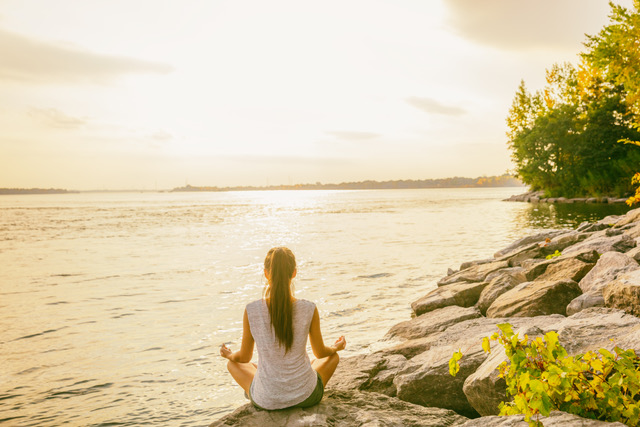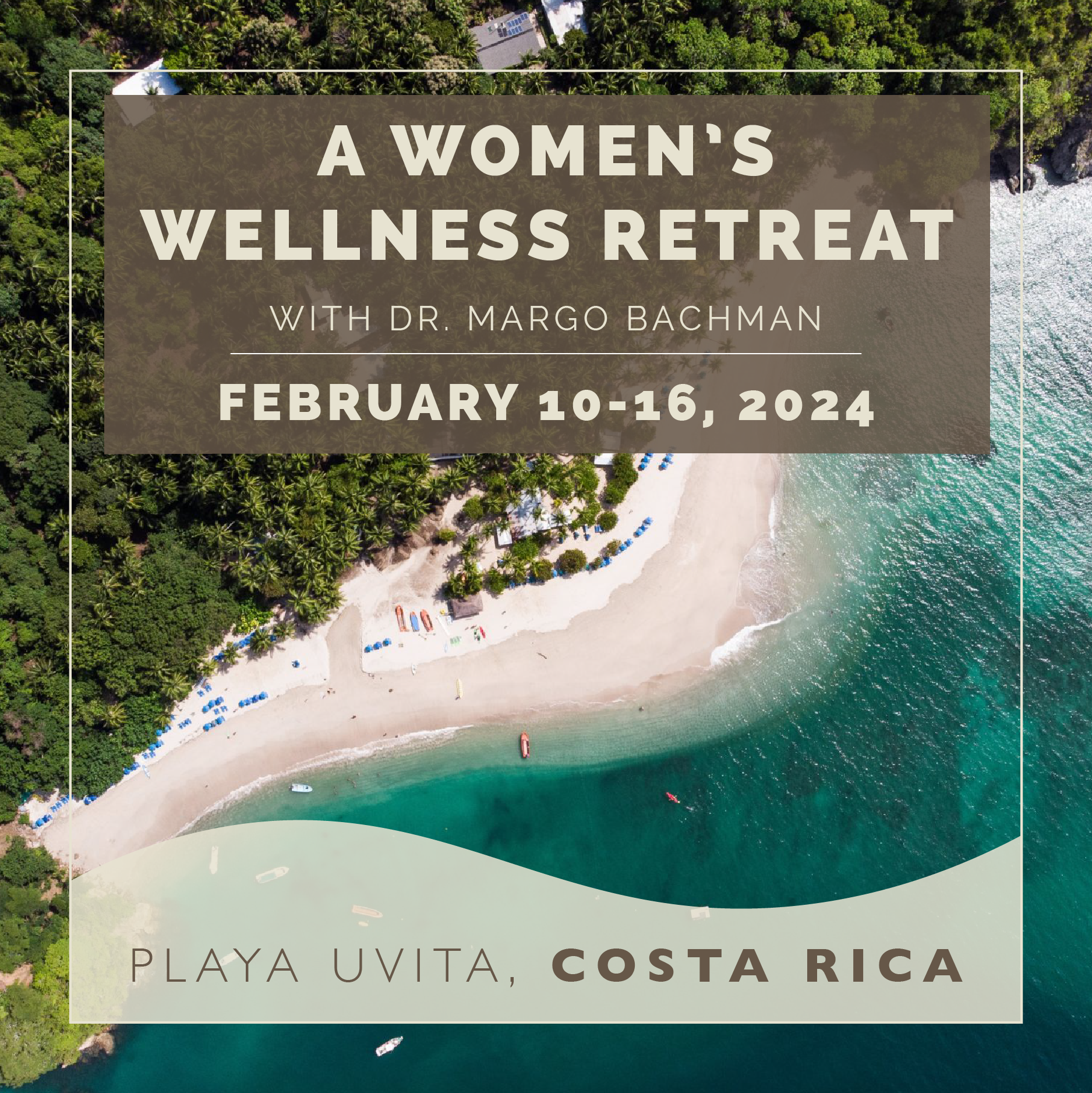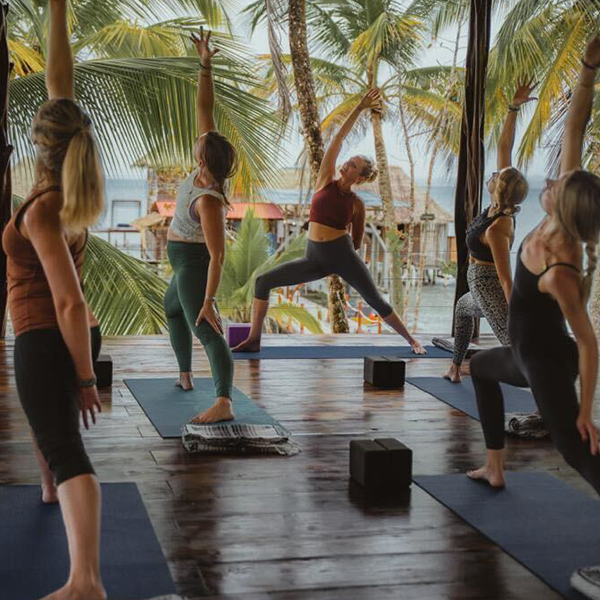
At True Nature, we believe that leading a retreat is more than organizing a trip, it's about stepping into your purpose, expanding your impact, and creating transformational experiences for others and yourself.
If you’ve ever felt called to share your gifts on a global stage, to travel with intention, and to guide others in meaningful growth, leading a retreat might be your next step. And we’re here to make that journey not only possible, but seamless and supported.
You might be wondering where to begin. Maybe you’ve dreamed of leading a retreat but felt overwhelmed by the logistics, or unsure if you have what it takes. That’s where we come in.
We don’t just offer you a program, we walk with you through every stage of the journey. From the moment you say "yes," we provide support, clarity, and structure to help bring your vision to life. And if you’re still figuring out what that vision looks like, we’ll help with that too.
We Take Care of the Logistics.
You Focus on Your Purpose.
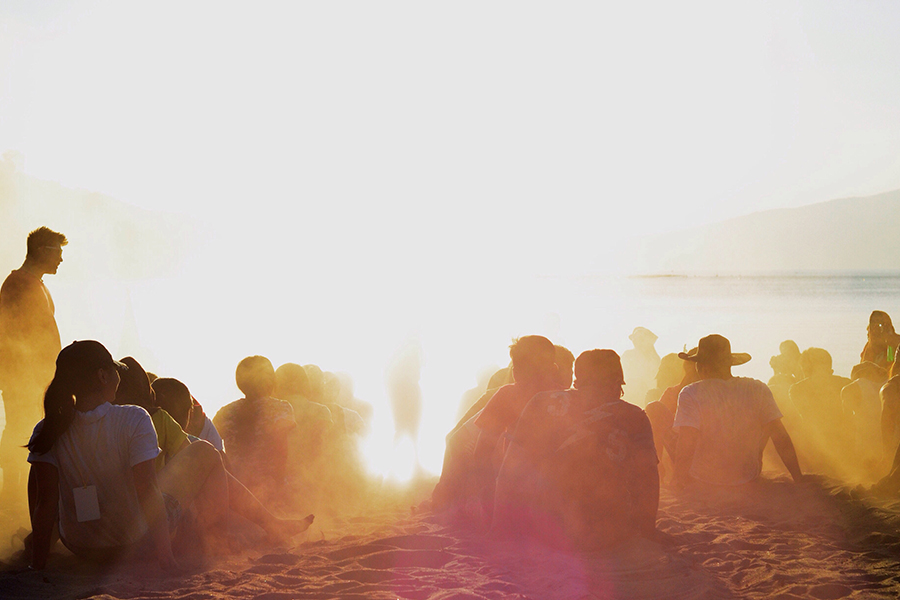
One of the most powerful things about working with True Nature is that we handle all the behind-the-scenes logistics:
- We vet and secure the venues
- We manage payments and customer service
- We guide your participants from sign-up to post-retreat reflection
As a retreat leader, this means you don’t have to worry about contracts, policies, or planning airport transfers. You get to focus on what you do best: teaching, inspiring, and holding space. We want to make it so easy that your biggest job is just to show up and do what you love.
You Don’t Have to Have It All Figured Out
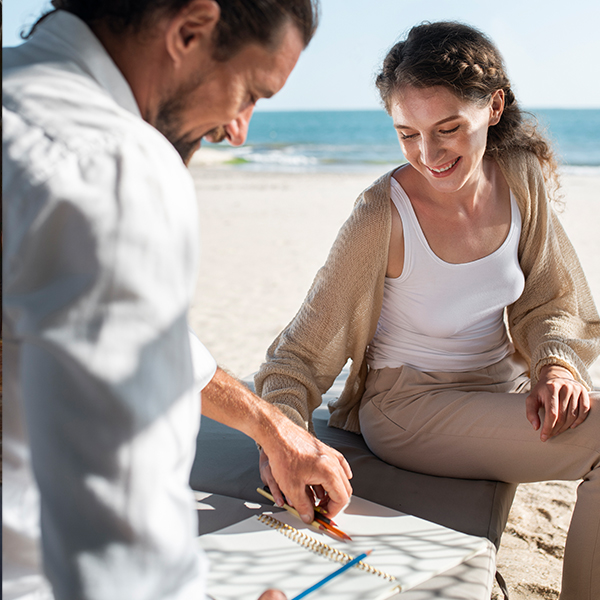
You don’t need to be a marketing expert, a travel planner, or have a massive following to lead with True Nature. What you need is a clear passion, a desire to serve, and a willingness to collaborate.
We’ll work with you to bring your vision to life, helping with everything from messaging and promotion to pacing your retreat itinerary. We’ll coach you on what works, what to expect, and how to build lasting connections with your community.
Whether it’s your first retreat or your tenth, you’ll have a team in your corner every step of the way.
Create a Lasting Impact
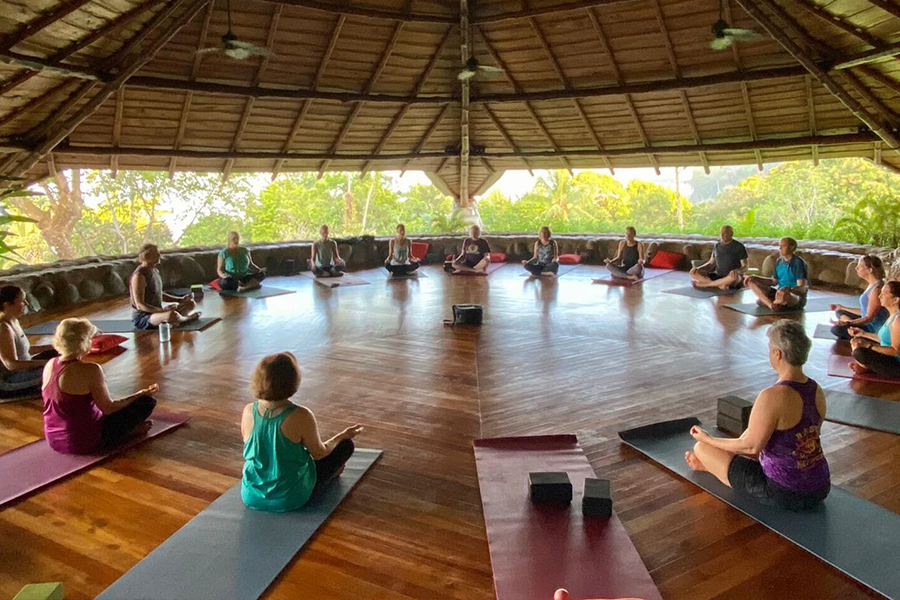
When you lead with True Nature, you’re not just offering a trip, you’re creating a container for deep transformation. You’re giving people the space to step outside of their daily lives, connect with themselves and others, and return home changed.
You’re also contributing to a greater mission of conscious travel, Earth stewardship, and global connection. True Nature is built on values of sustainability, community, and service, and as a leader, you become part of that legacy.
Thinking About Leading a Retreat? Start Here:
If this vision resonates with you, here are a few simple tips to help you move from inspiration into action:
- Start with your “why.”
What do you want your participants to walk away with? Grounding your retreat in a clear intention will shape everything from the schedule to the location.
- Know you don’t have to do it alone.
You don’t need to be an expert in planning, marketing, or managing logistics. When you partner with True Nature, you get a full team behind you to make sure everything runs smoothly. - Use your existing community.
You don’t need a huge following. Often, your retreat group is already around you, students, clients, friends-of-friends, people who trust you and are looking for an experience like this. - Don’t wait until it’s perfect.
You don’t need to have every detail figured out to start the conversation. Many of our most successful leaders began with a spark of an idea and worked with us to bring it to life. - Let the retreat be for you, too.
As much as you're holding space for others, you’ll find that leading a retreat will deepen your own growth, teaching, and connection to your purpose.
We’ve seen time and time again: the most powerful retreats come from the simplest beginnings, a desire to serve, a meaningful intention, and a willingness to take the first step.
Whether you’re dreaming of leading your first retreat or ready to grow your offerings, we’d love to talk. Reach out and let’s explore what’s possible together.

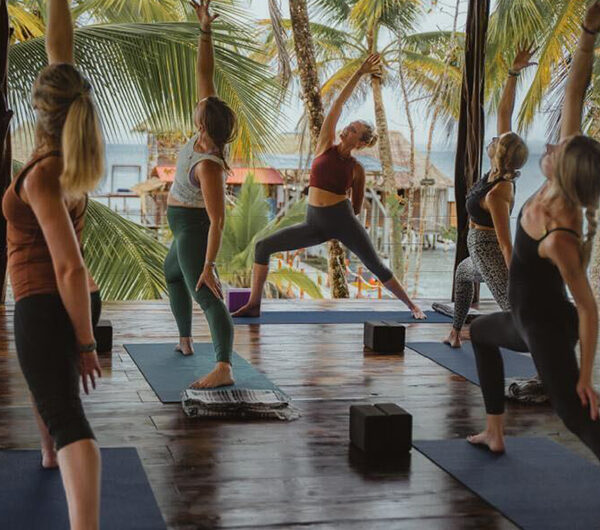
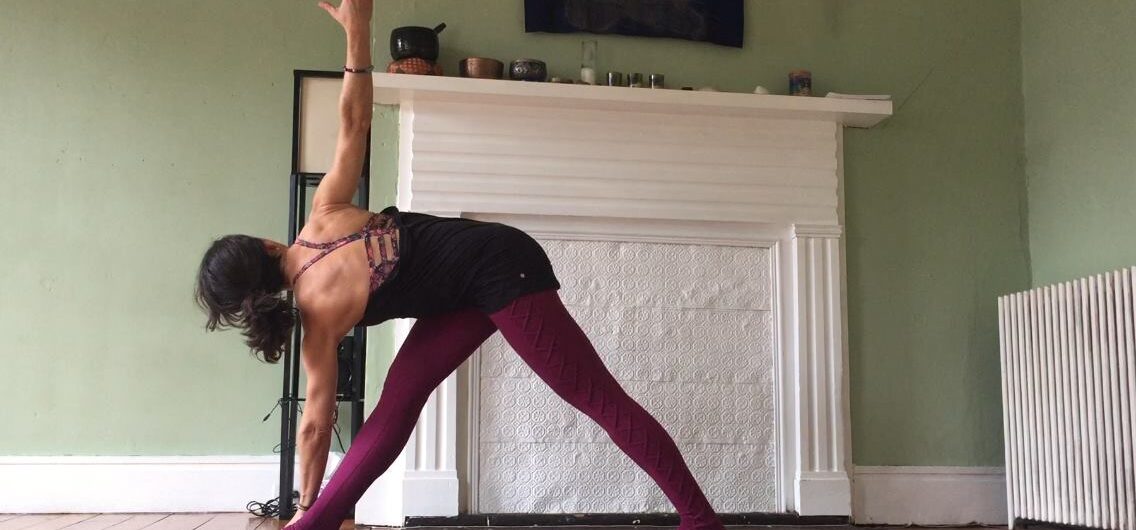
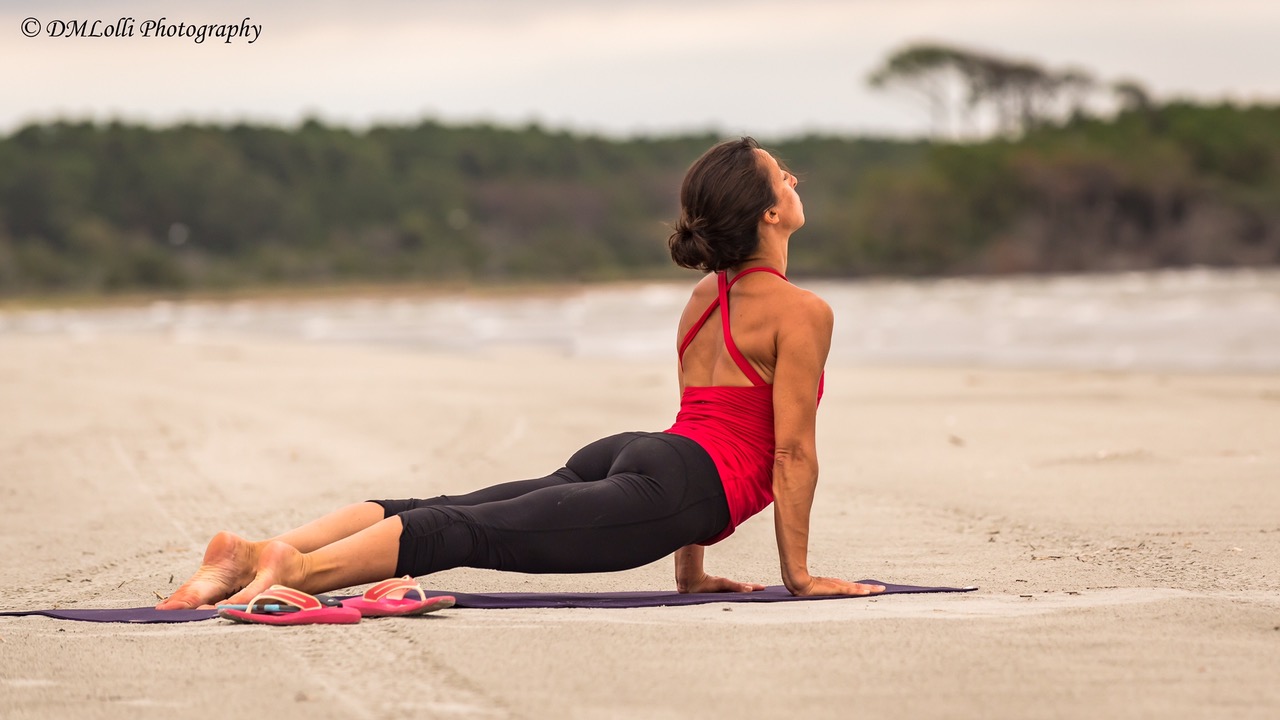 Recently, I spent a retreat weekend in the woods alongside a community of yoga teacher trainees. And though a retreat weekend should embody a framework of rest, I entered it a bit frenzied. As I planned for the weekend in the woods, I realized, truth be told, there wasn’t much rest at all.
Recently, I spent a retreat weekend in the woods alongside a community of yoga teacher trainees. And though a retreat weekend should embody a framework of rest, I entered it a bit frenzied. As I planned for the weekend in the woods, I realized, truth be told, there wasn’t much rest at all.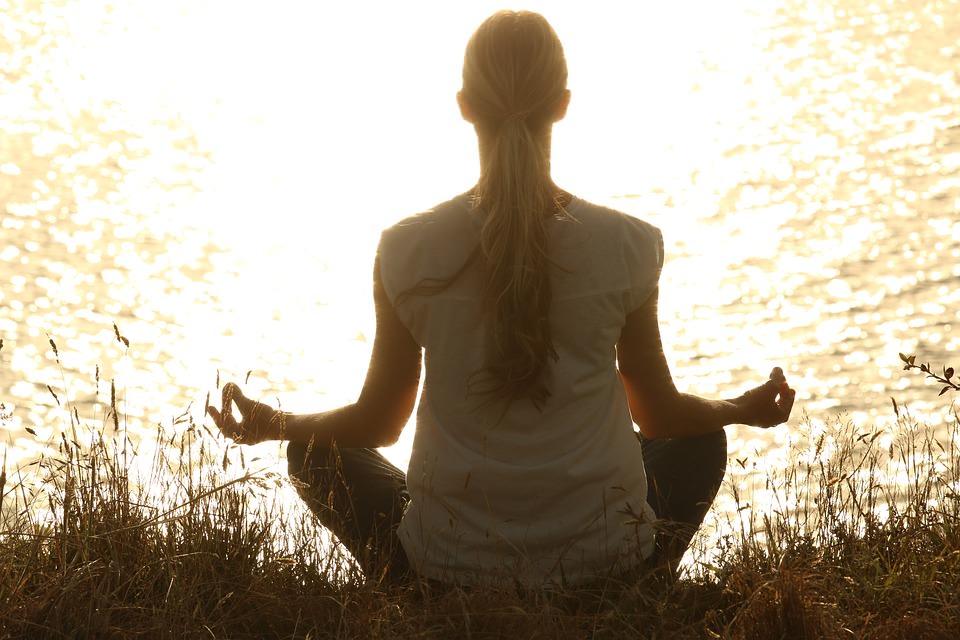 I thought of the ways I’ve resisted rest so often and have been left feeling like a packed closet that hasn’t been cleaned out in a while. There must be times of letting go. So, instead, I took out a little sword of discernment and sliced through much of the schedule, dissecting away all that felt like it could wait so we could work at a slower pace.
I thought of the ways I’ve resisted rest so often and have been left feeling like a packed closet that hasn’t been cleaned out in a while. There must be times of letting go. So, instead, I took out a little sword of discernment and sliced through much of the schedule, dissecting away all that felt like it could wait so we could work at a slower pace. 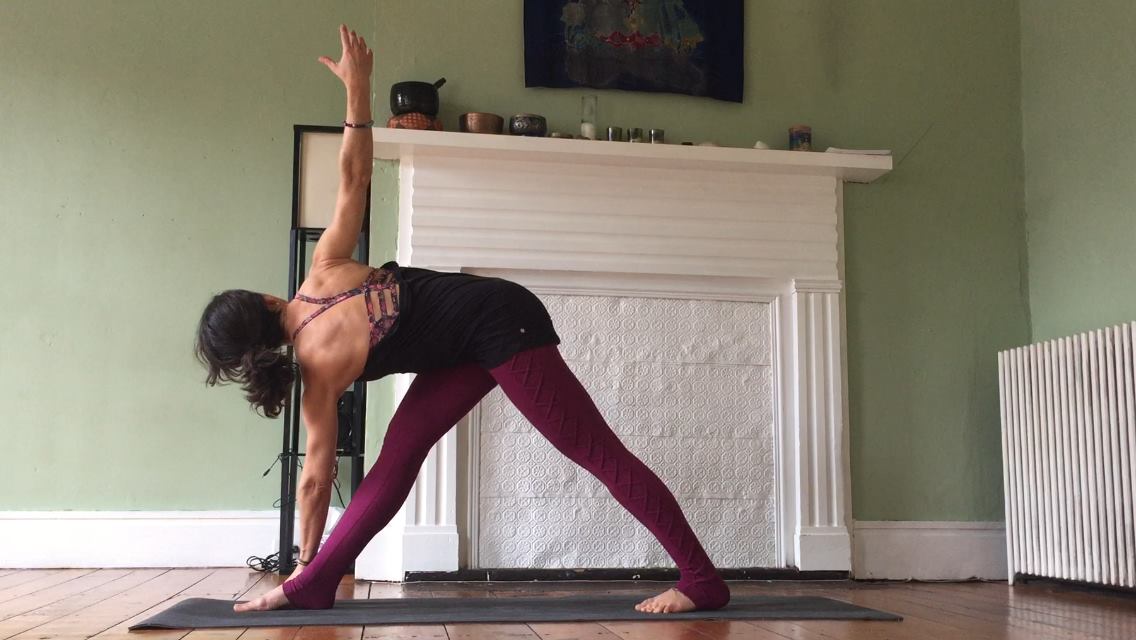 So I relaxed a bit as I raked, softened my shoulders, stopped plowing through the leaves with the rake like they owed me something. Instead, I let my rake move in rhythm with my breath, I paused every few moments to stand, breathe in the smell of the crisp air, turn my face to the sun.
So I relaxed a bit as I raked, softened my shoulders, stopped plowing through the leaves with the rake like they owed me something. Instead, I let my rake move in rhythm with my breath, I paused every few moments to stand, breathe in the smell of the crisp air, turn my face to the sun.  teacher friend shared another way of seeing this experience is to envision the journey inward from the perspective of release, the space in the middle as the moment to receive, and the journey back out as the opportunity to return.” Release, receive, return.
teacher friend shared another way of seeing this experience is to envision the journey inward from the perspective of release, the space in the middle as the moment to receive, and the journey back out as the opportunity to return.” Release, receive, return.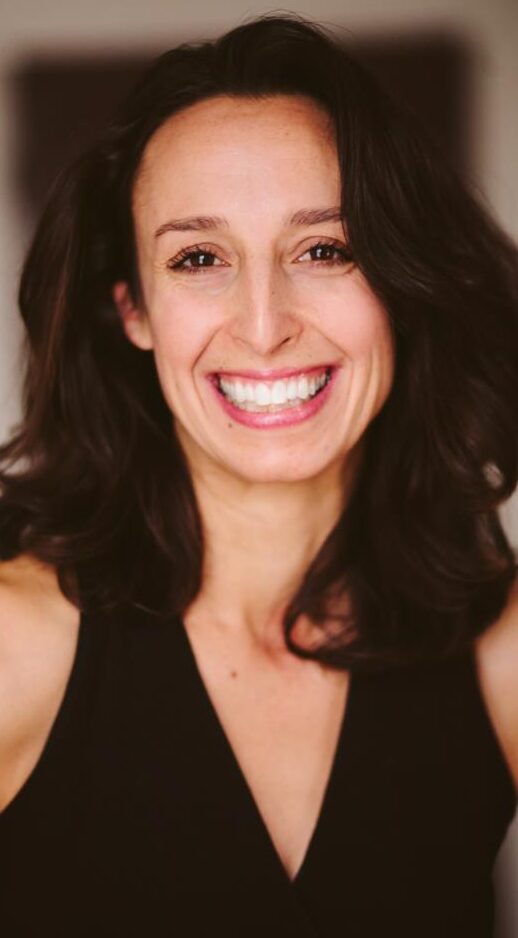 Returning from it, into my life, I walked with something I might call peace. I had walked away from my home and perhaps wouldn’t have named it so, but it was a release. With each step I had let my life behind me, my frustrations and confusions and lack of control, fall away. Pausing for a moment I’d received life back to me again, more beautiful as I listened, waited, looked around with the promise to receive.
Returning from it, into my life, I walked with something I might call peace. I had walked away from my home and perhaps wouldn’t have named it so, but it was a release. With each step I had let my life behind me, my frustrations and confusions and lack of control, fall away. Pausing for a moment I’d received life back to me again, more beautiful as I listened, waited, looked around with the promise to receive.  Sit or lie down for a moment, friend, as if you’ve walked from a place of release into the stillness of receptivity. Place your hand on your heart. Feel your breath move inward and outward. Can you soften the muscles of your face as if your eyes and mouth have relaxed into a gentle smile? Imagine peace has come to land right in front of you, like a little bird. Imagine this lovely little bird breathing softly. See if you can remain here with this delicate sense of peace and your breath for just a few moments more. Then return, friend, from here.
Sit or lie down for a moment, friend, as if you’ve walked from a place of release into the stillness of receptivity. Place your hand on your heart. Feel your breath move inward and outward. Can you soften the muscles of your face as if your eyes and mouth have relaxed into a gentle smile? Imagine peace has come to land right in front of you, like a little bird. Imagine this lovely little bird breathing softly. See if you can remain here with this delicate sense of peace and your breath for just a few moments more. Then return, friend, from here. 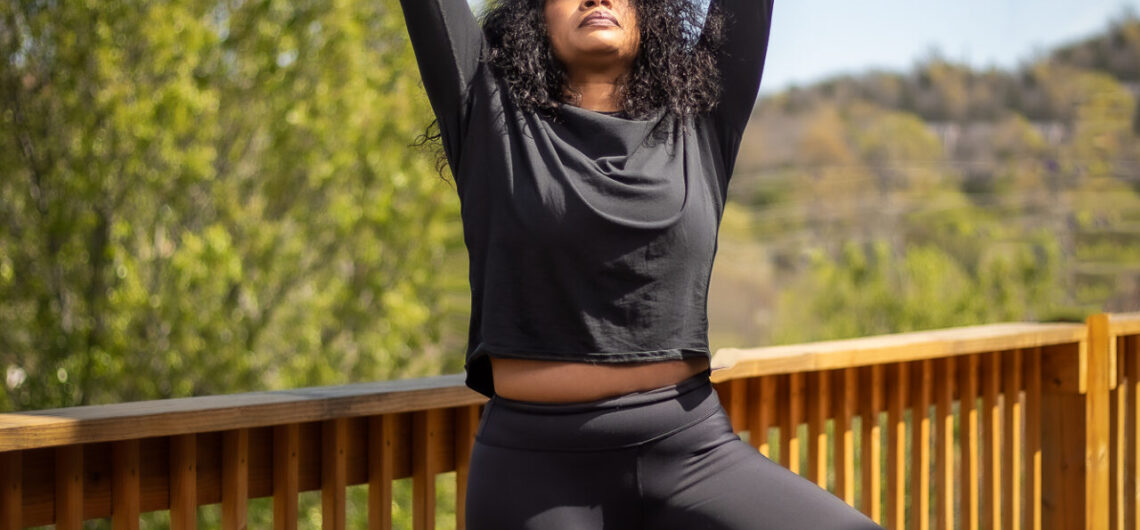
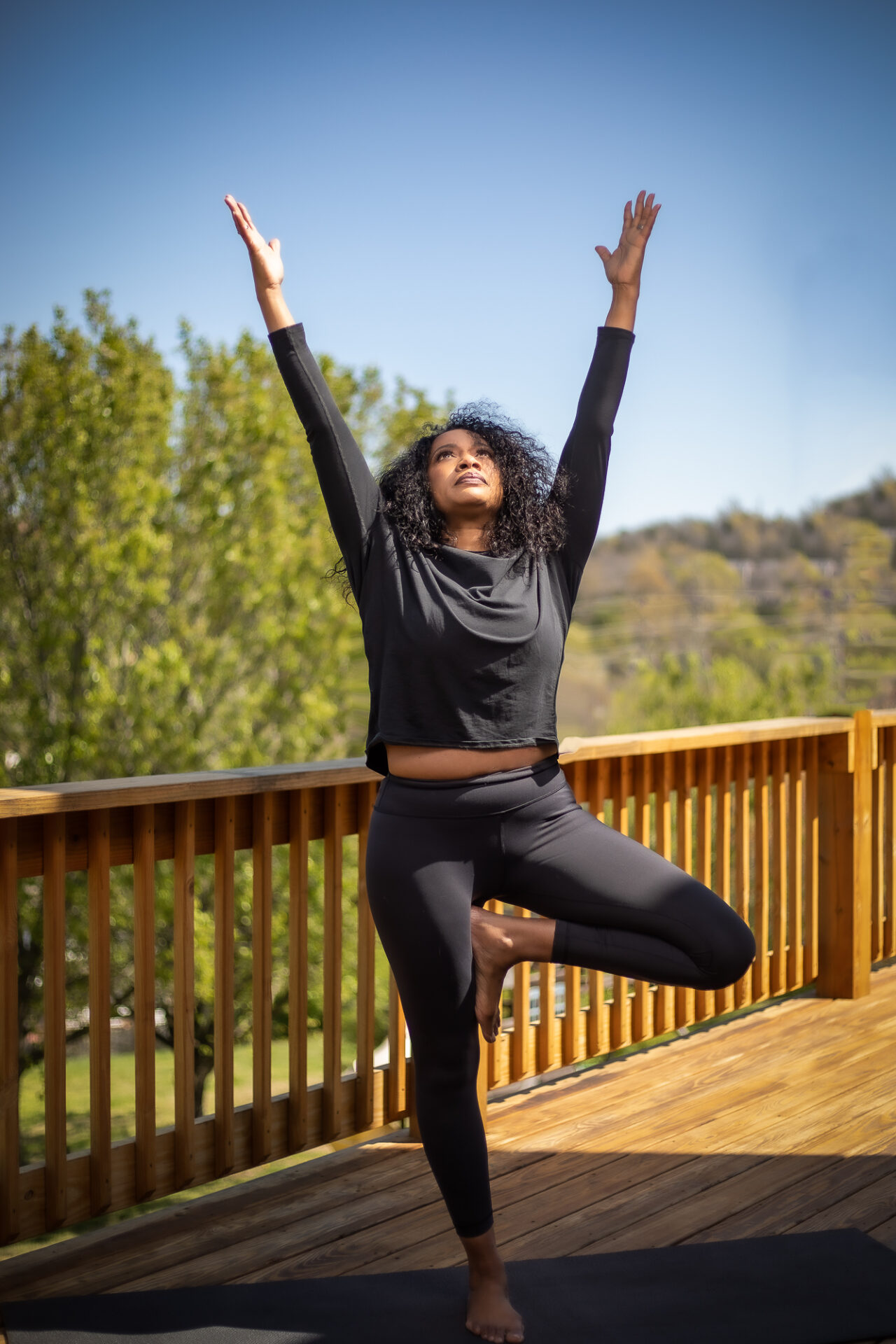
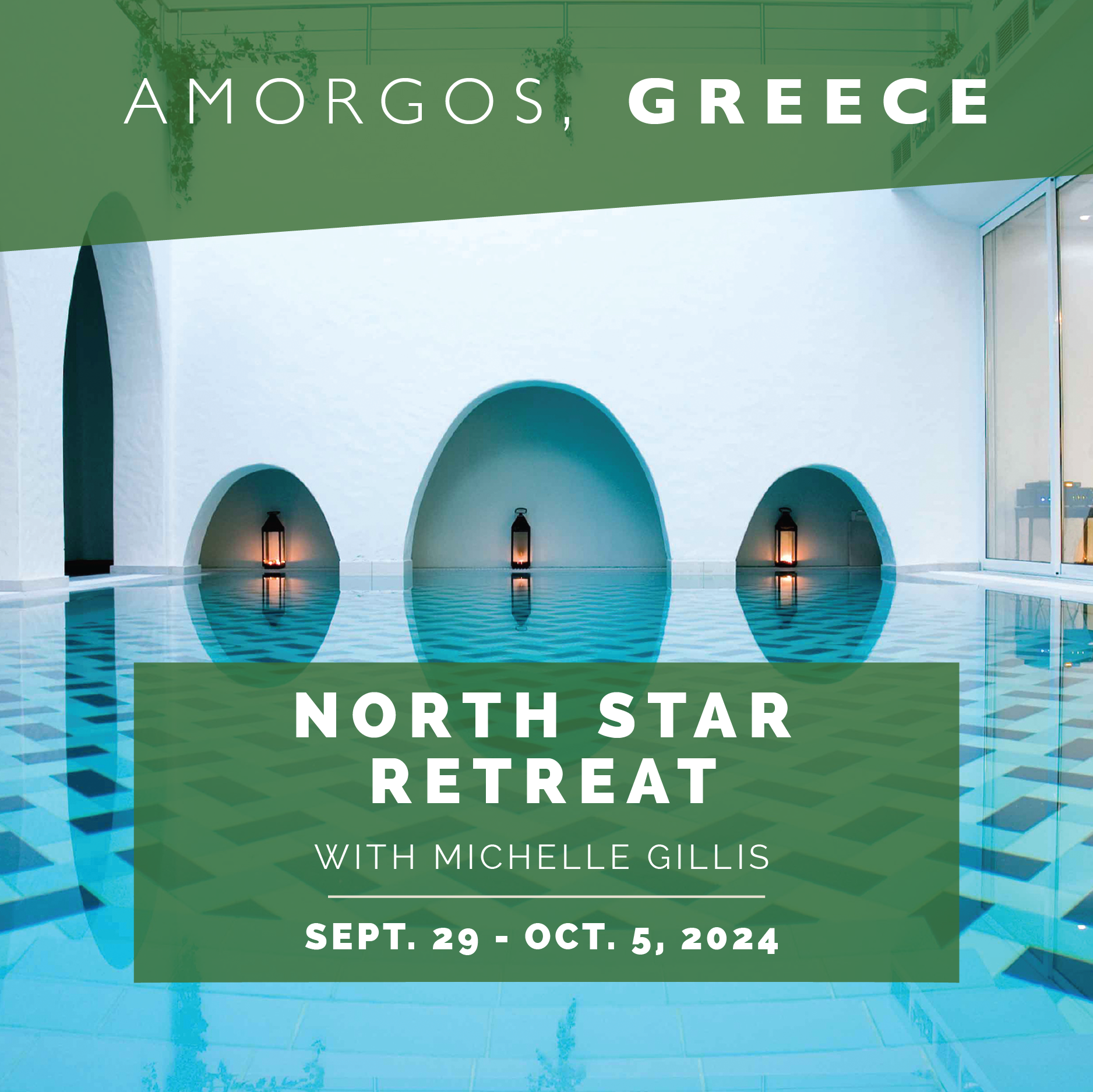
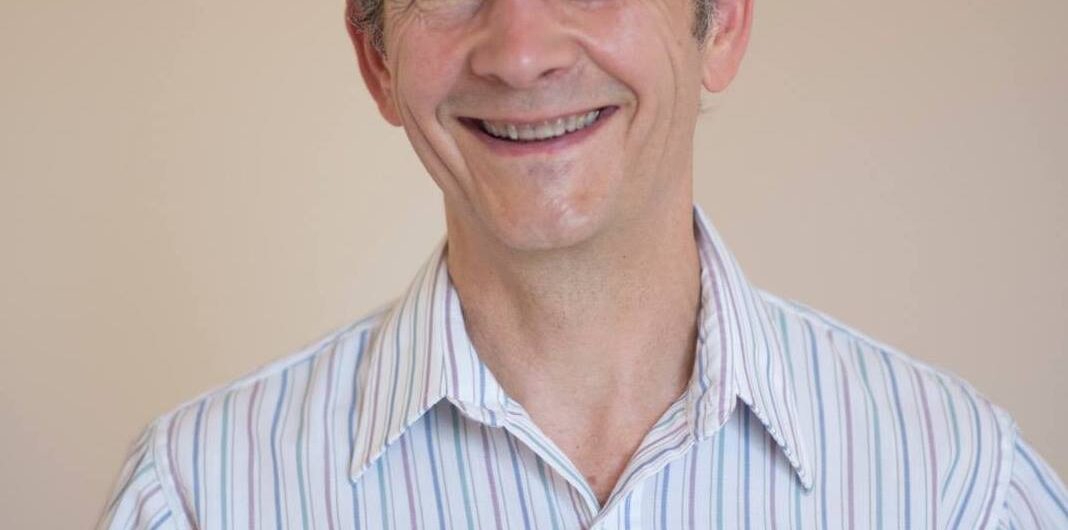
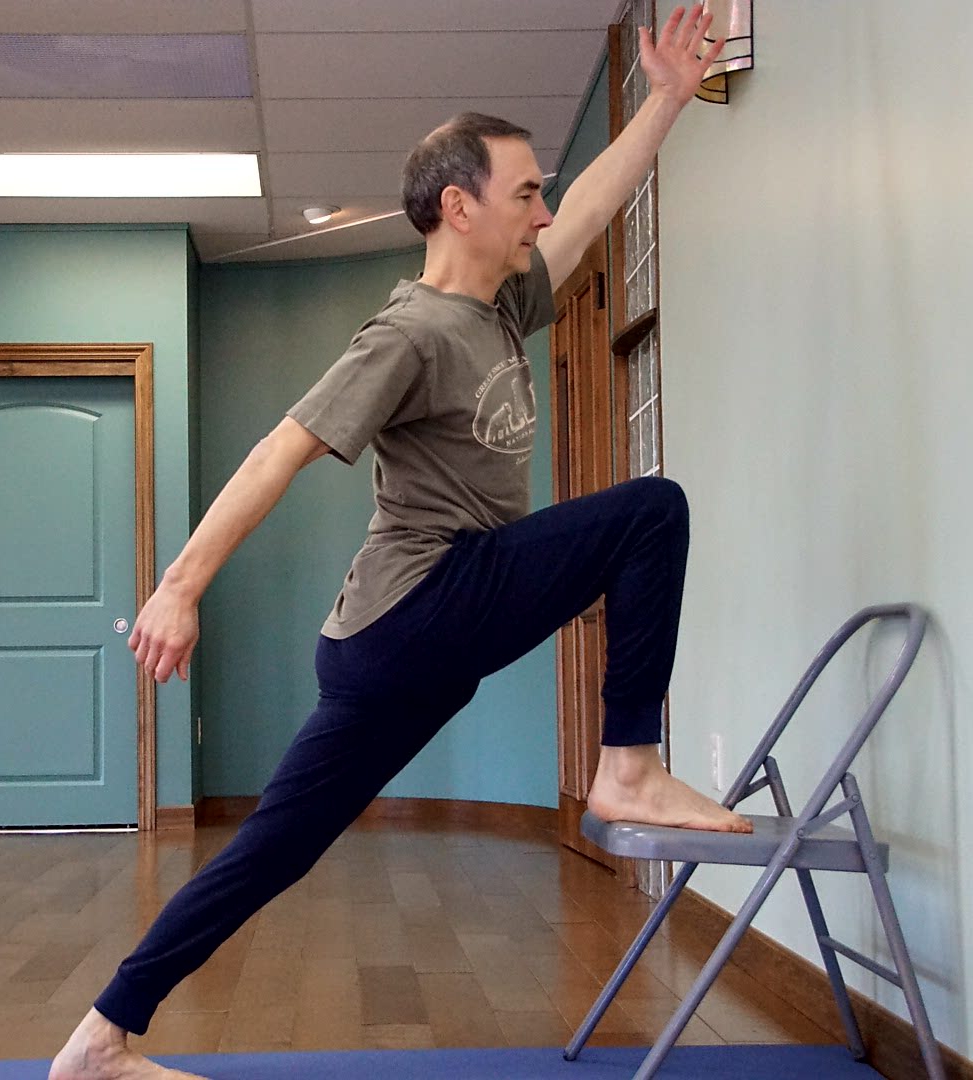 With force and pushing, you lose sensitivity; you sacrifice your body for the sake of the pose, or for more range of motion. When pushing and forcing predominate, it reveals that our good friends Sensitivity and Awareness have been abducted by the old habit of wanting more. The irony is that when we go after more, we miss what we have. We can only do yoga with what we have. In the practice of yoga, the desire for more is usually just a distraction and is in the way. A common Buddhist refrain is that “Desire distorts perception.” All the religions remind us to be grateful and frequently caution us about greed.
With force and pushing, you lose sensitivity; you sacrifice your body for the sake of the pose, or for more range of motion. When pushing and forcing predominate, it reveals that our good friends Sensitivity and Awareness have been abducted by the old habit of wanting more. The irony is that when we go after more, we miss what we have. We can only do yoga with what we have. In the practice of yoga, the desire for more is usually just a distraction and is in the way. A common Buddhist refrain is that “Desire distorts perception.” All the religions remind us to be grateful and frequently caution us about greed.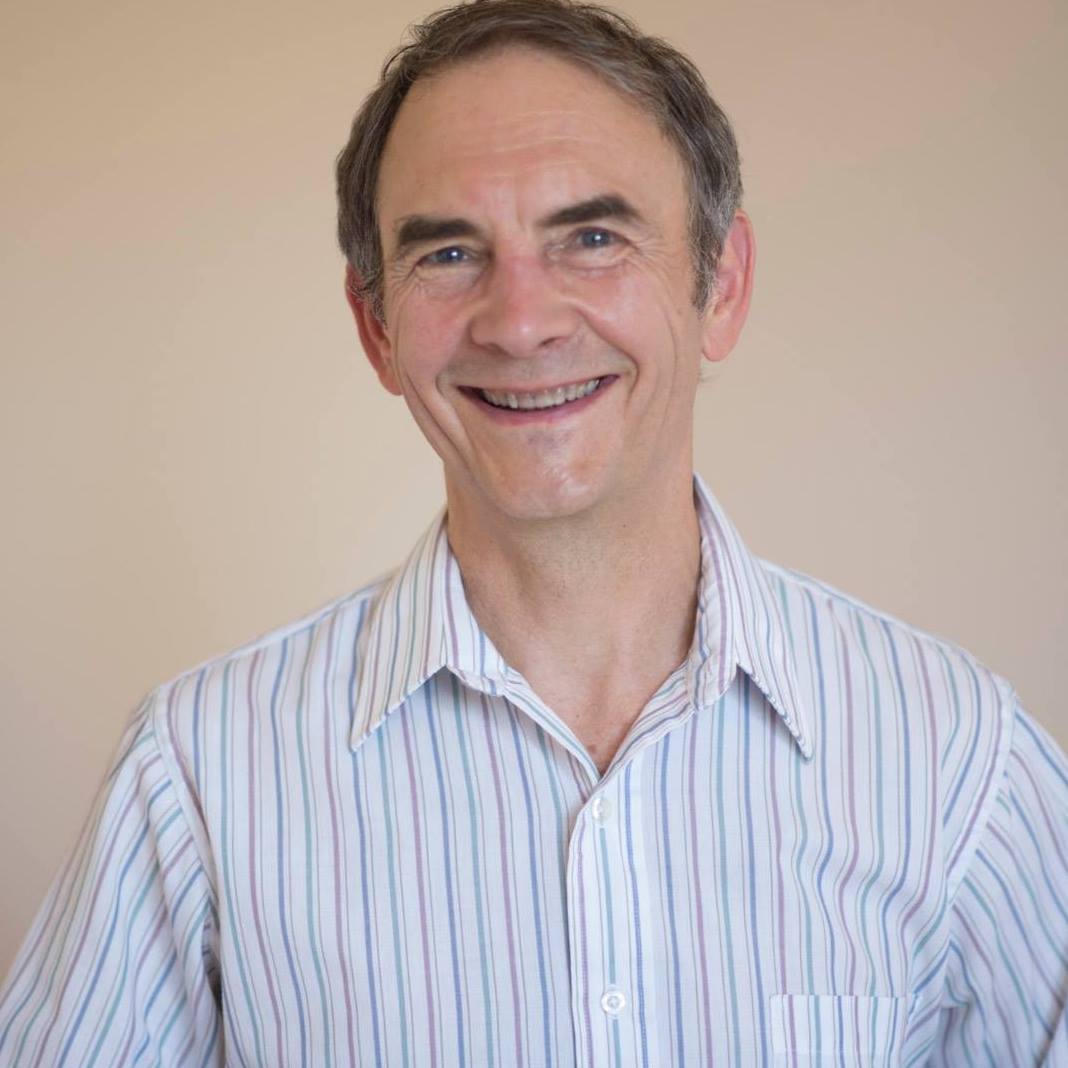
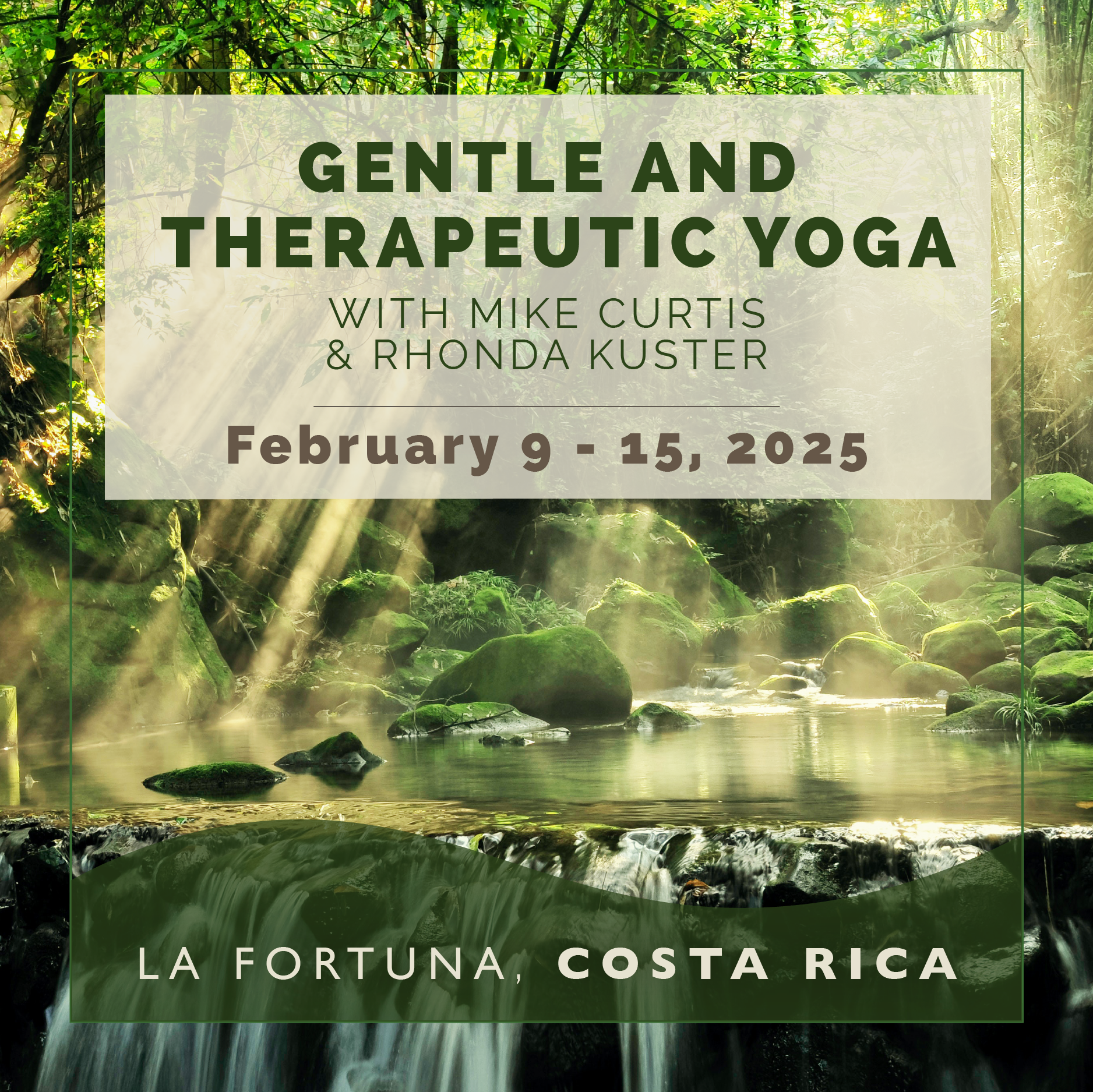
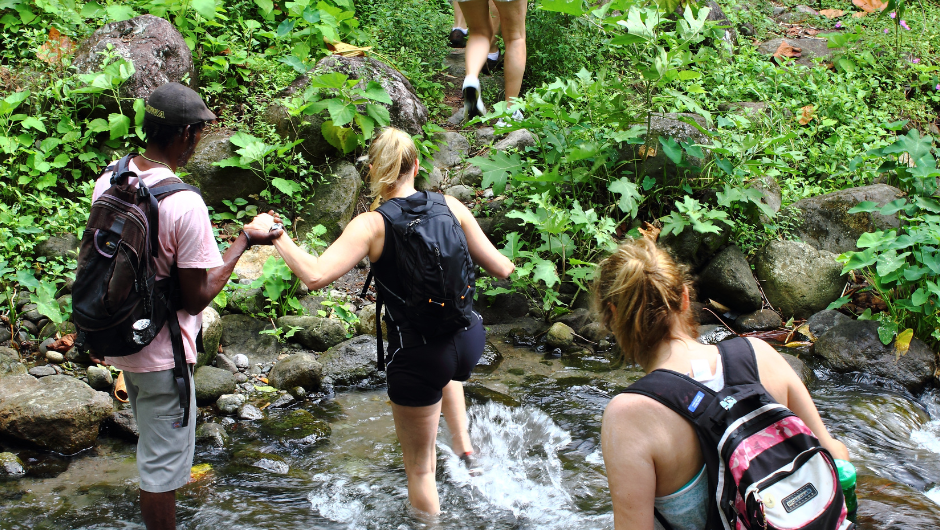
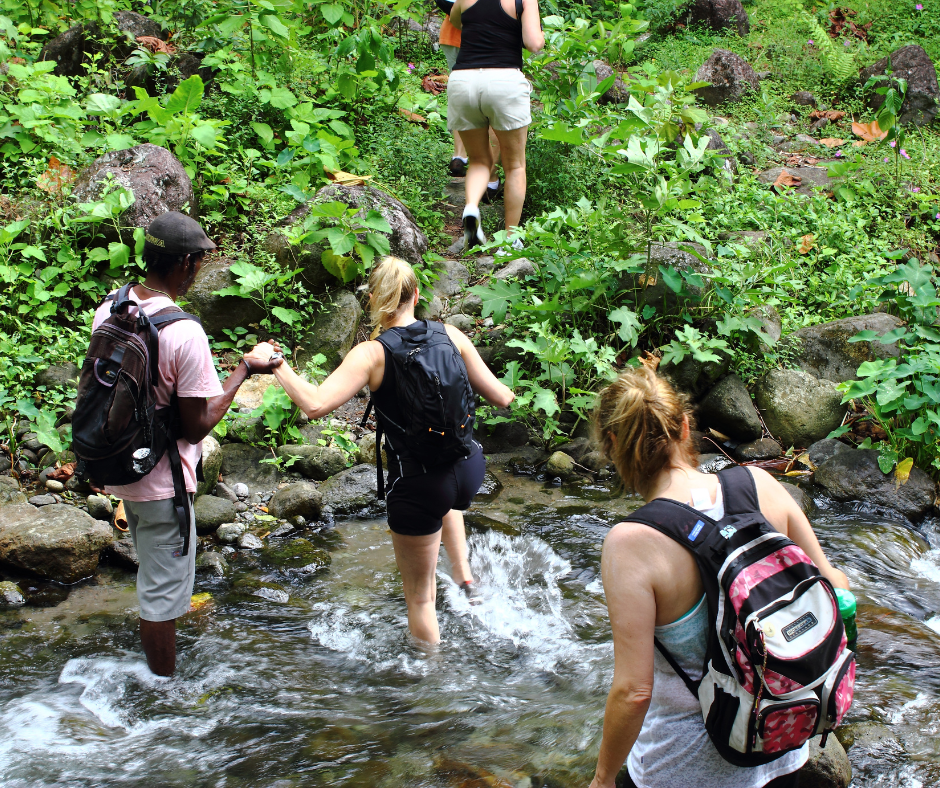 The Healing Power of Nature:
The Healing Power of Nature: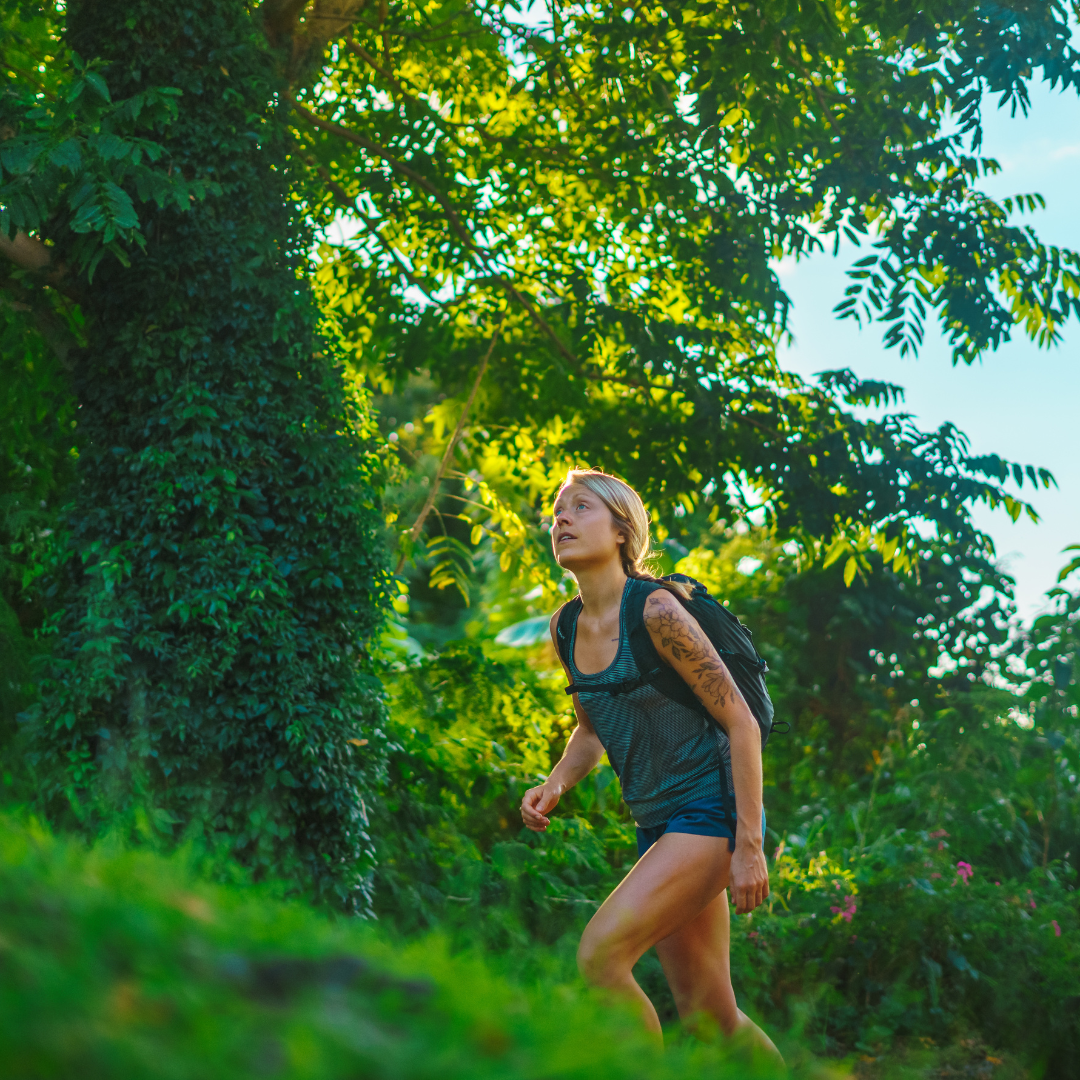 Encourage mindfulness through guided practices that capitalize on the serenity of the chosen location. Morning meditations with the sunrise, silent walks through nature trails, or journaling sessions by a reflective pond can facilitate a deeper connection with oneself and others. Mindful practices in nature become powerful tools for cultivating love, compassion, and gratitude.
Encourage mindfulness through guided practices that capitalize on the serenity of the chosen location. Morning meditations with the sunrise, silent walks through nature trails, or journaling sessions by a reflective pond can facilitate a deeper connection with oneself and others. Mindful practices in nature become powerful tools for cultivating love, compassion, and gratitude.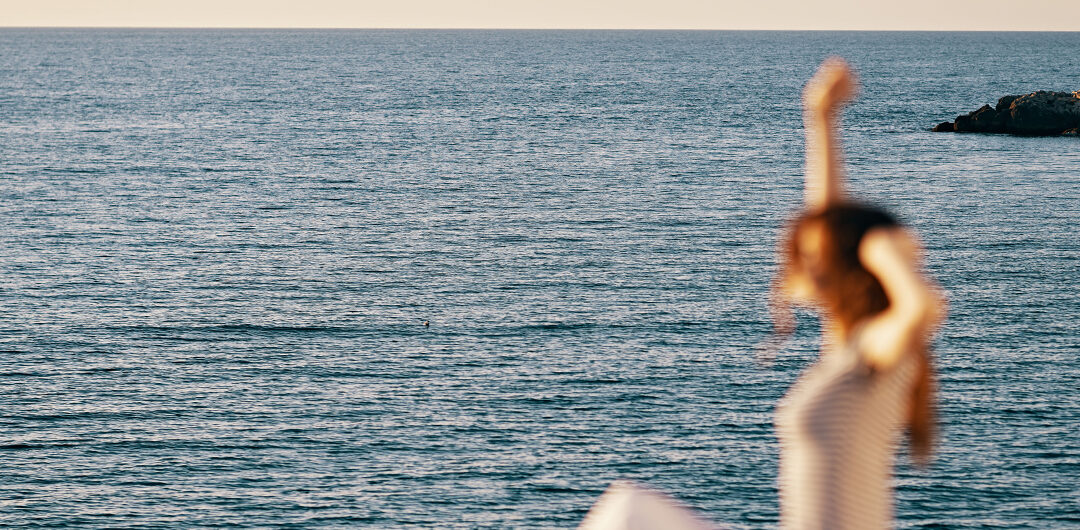
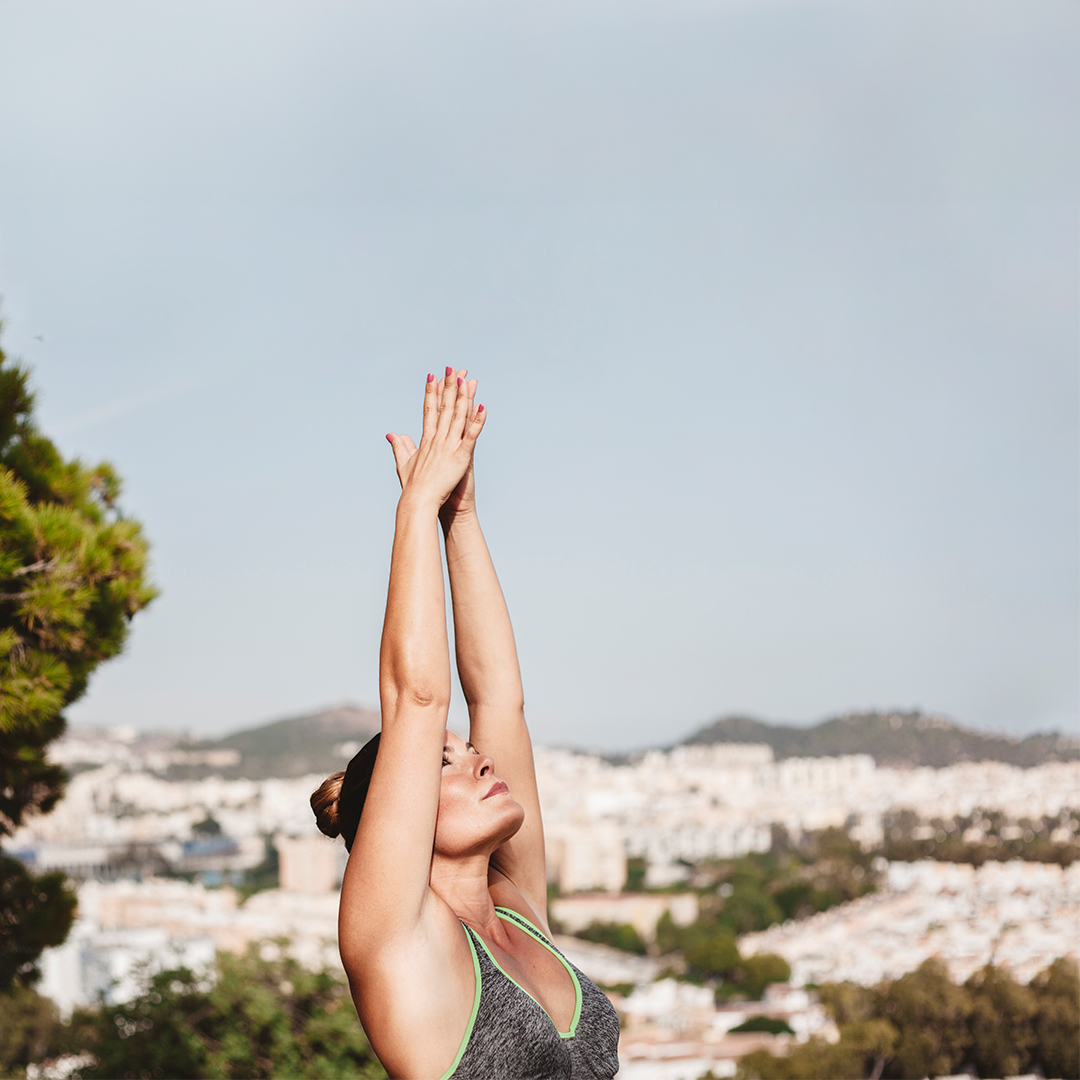
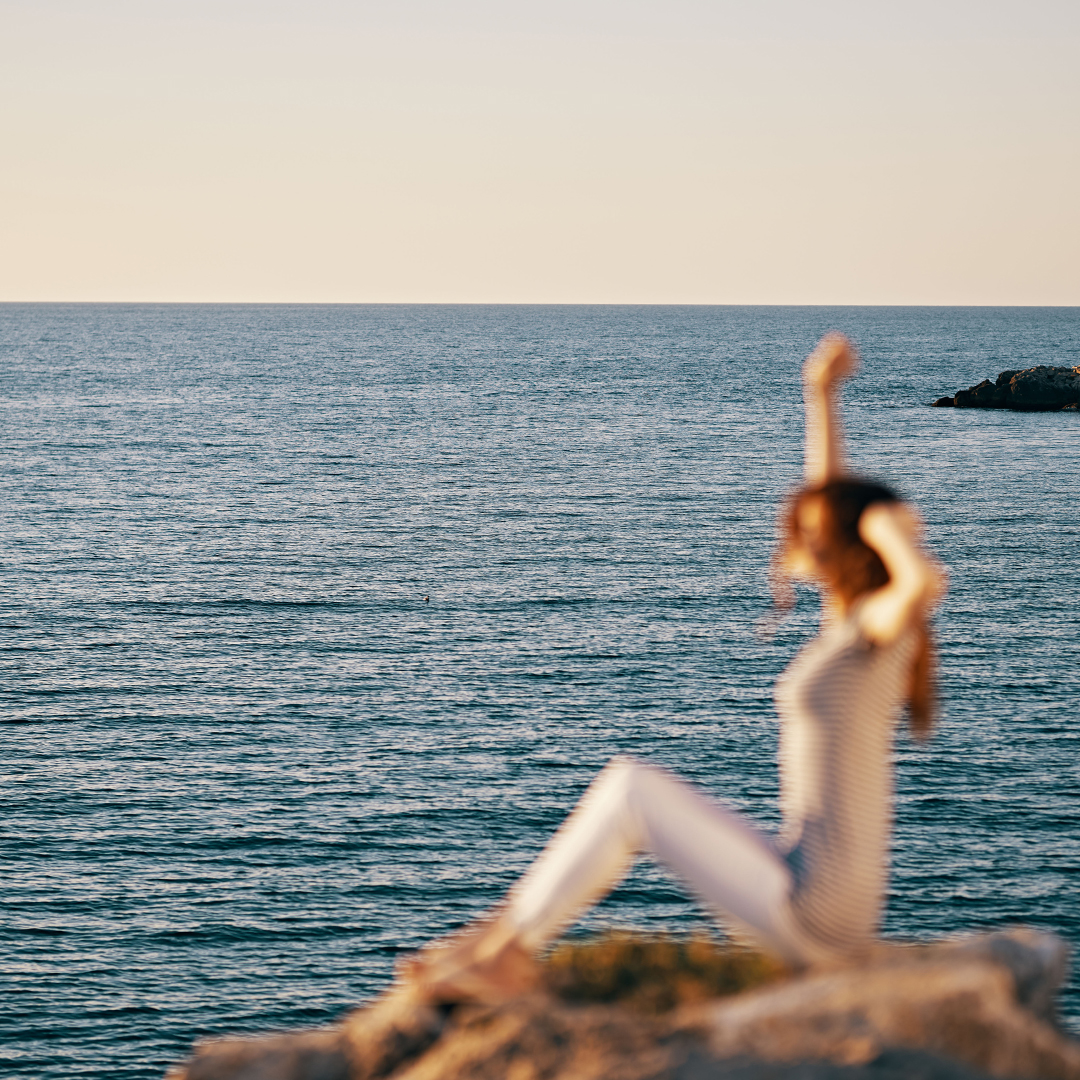 Perhaps, the thing I love most about retreats is the opportunity to immerse myself in other cultures and experience local food and traditions. For me, this fosters a sense of global kinship. Plus, I’m able to connect with the other people on the retreat.
Perhaps, the thing I love most about retreats is the opportunity to immerse myself in other cultures and experience local food and traditions. For me, this fosters a sense of global kinship. Plus, I’m able to connect with the other people on the retreat.
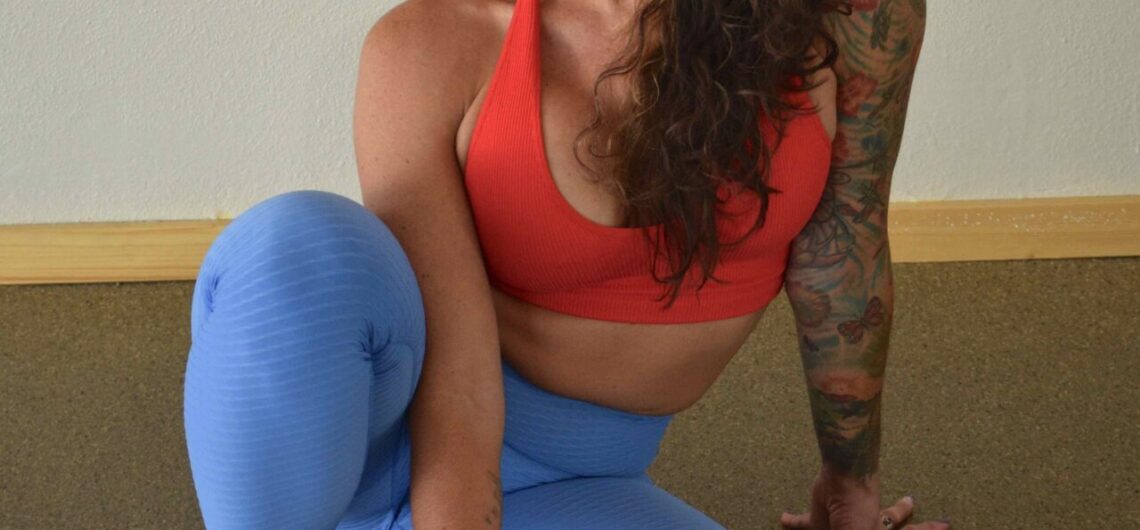
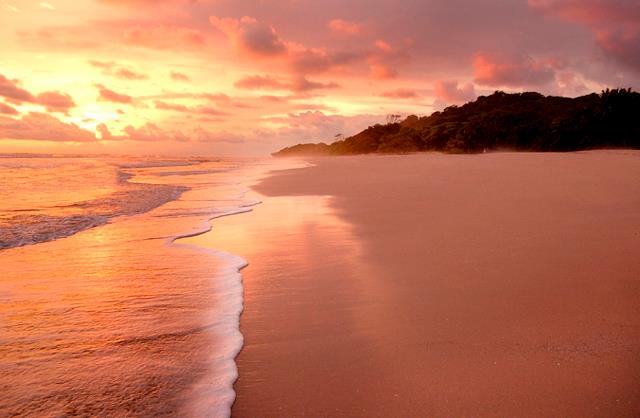
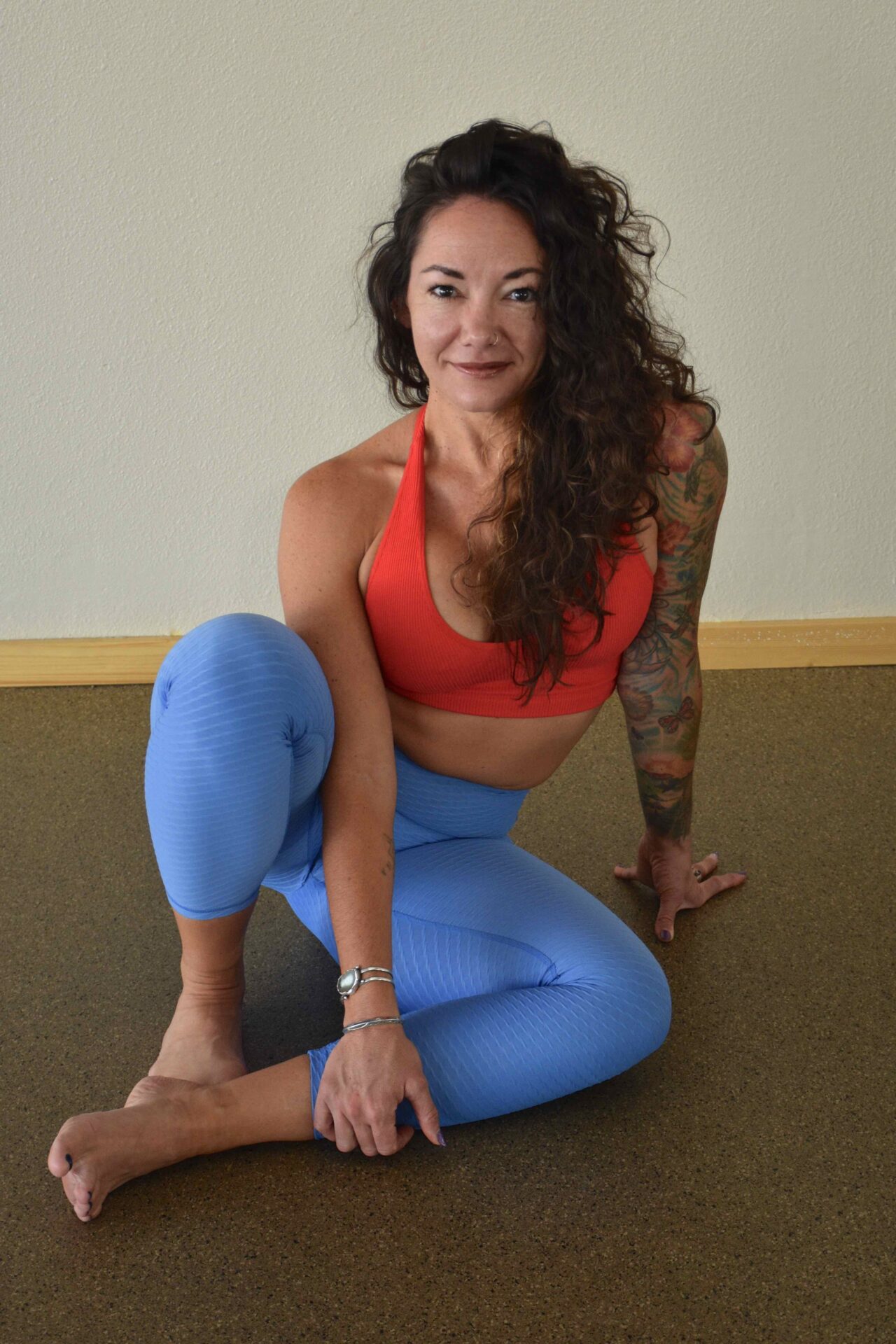 Embark on a journey of self-discovery and holistic well-being with Allisun, a dedicated yoga practitioner and experienced retreat leader. Since 1999, Allisun has been weaving together the art of yoga, spirituality, and the transformative power of Integral Hypnotherapy.
Embark on a journey of self-discovery and holistic well-being with Allisun, a dedicated yoga practitioner and experienced retreat leader. Since 1999, Allisun has been weaving together the art of yoga, spirituality, and the transformative power of Integral Hypnotherapy.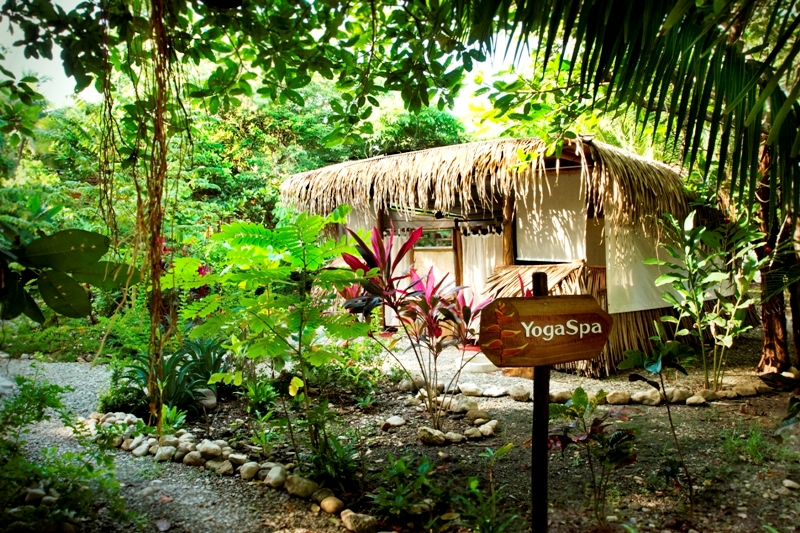
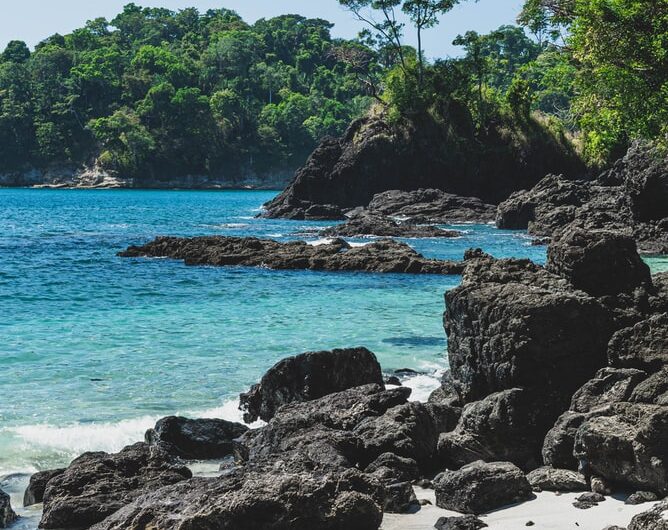
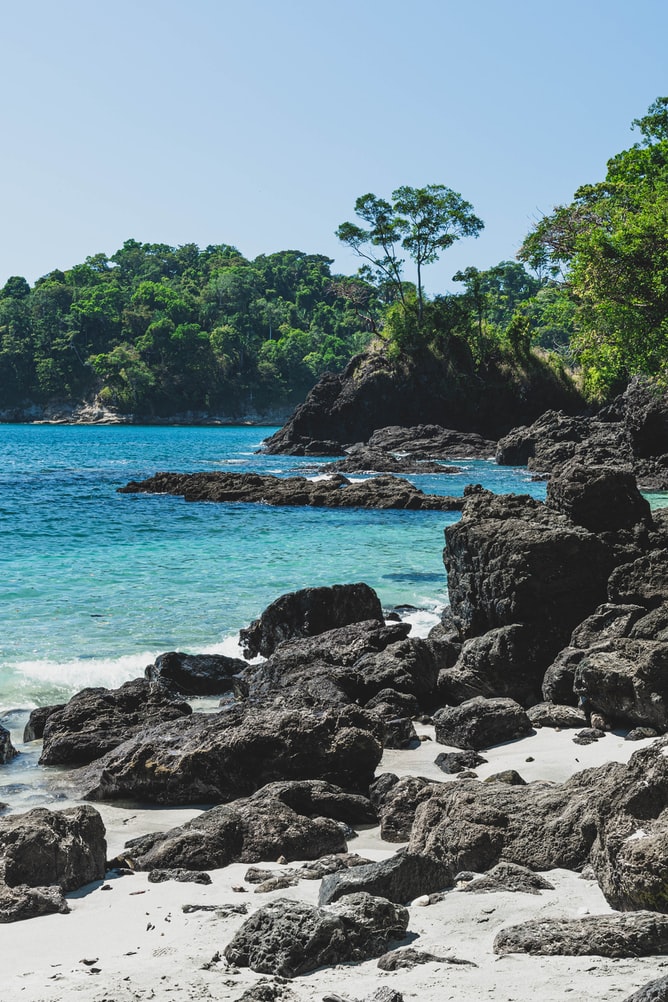 Author and researcher Dan Buettner wrote the Blue Zones over fifteen years ago after his curiosity was sparked to discover why certain areas of the world had people not only living to 100 and beyond but thriving. You may have seen his four part special recently released on Netflix.
Author and researcher Dan Buettner wrote the Blue Zones over fifteen years ago after his curiosity was sparked to discover why certain areas of the world had people not only living to 100 and beyond but thriving. You may have seen his four part special recently released on Netflix.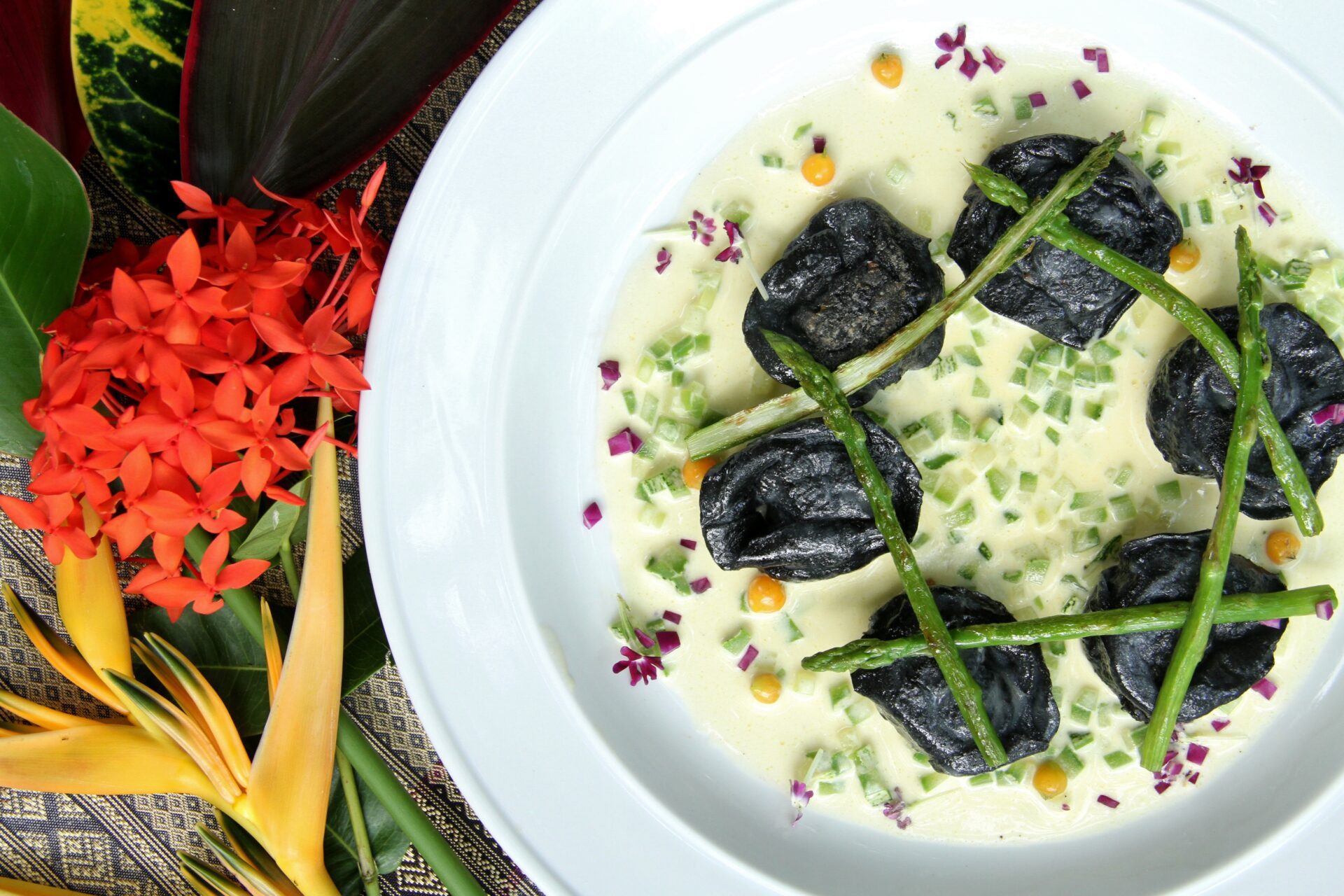 While these may sound simple and accessible, it is opposite of our societal norms and pace. And you may still be questioning, what does this have to do with yoga?
While these may sound simple and accessible, it is opposite of our societal norms and pace. And you may still be questioning, what does this have to do with yoga?

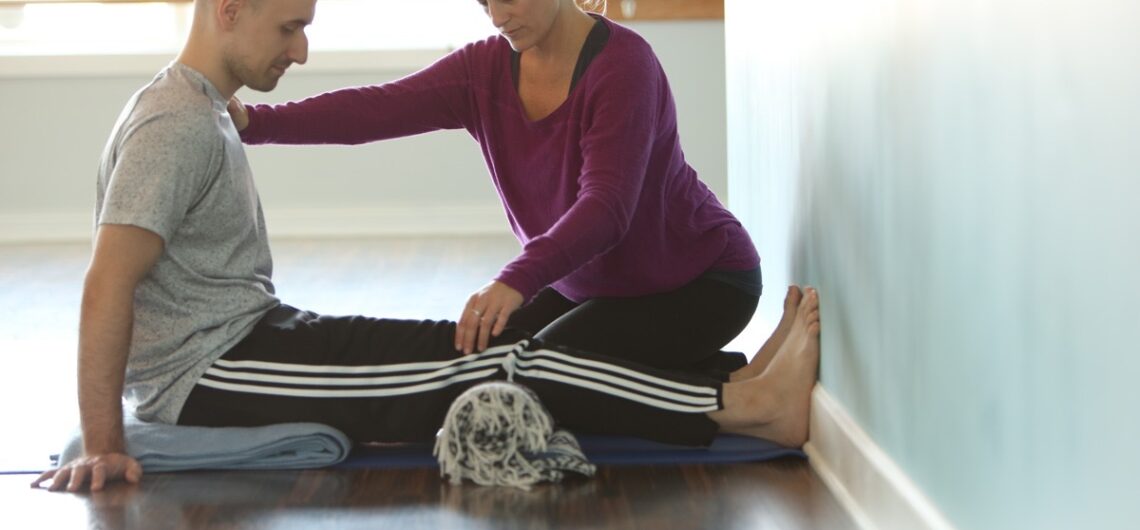
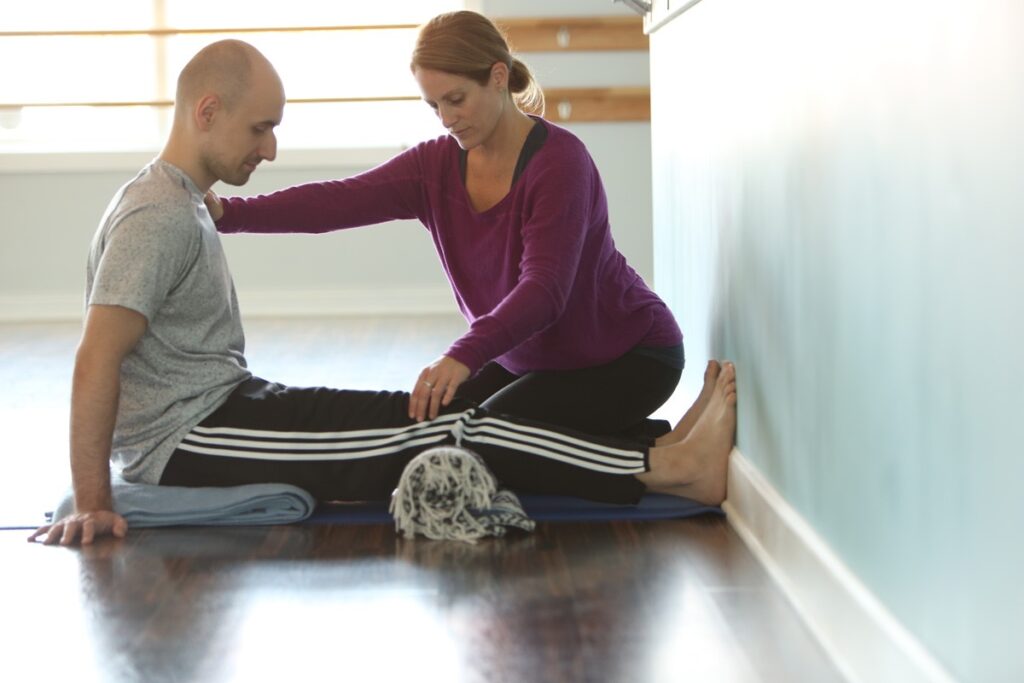
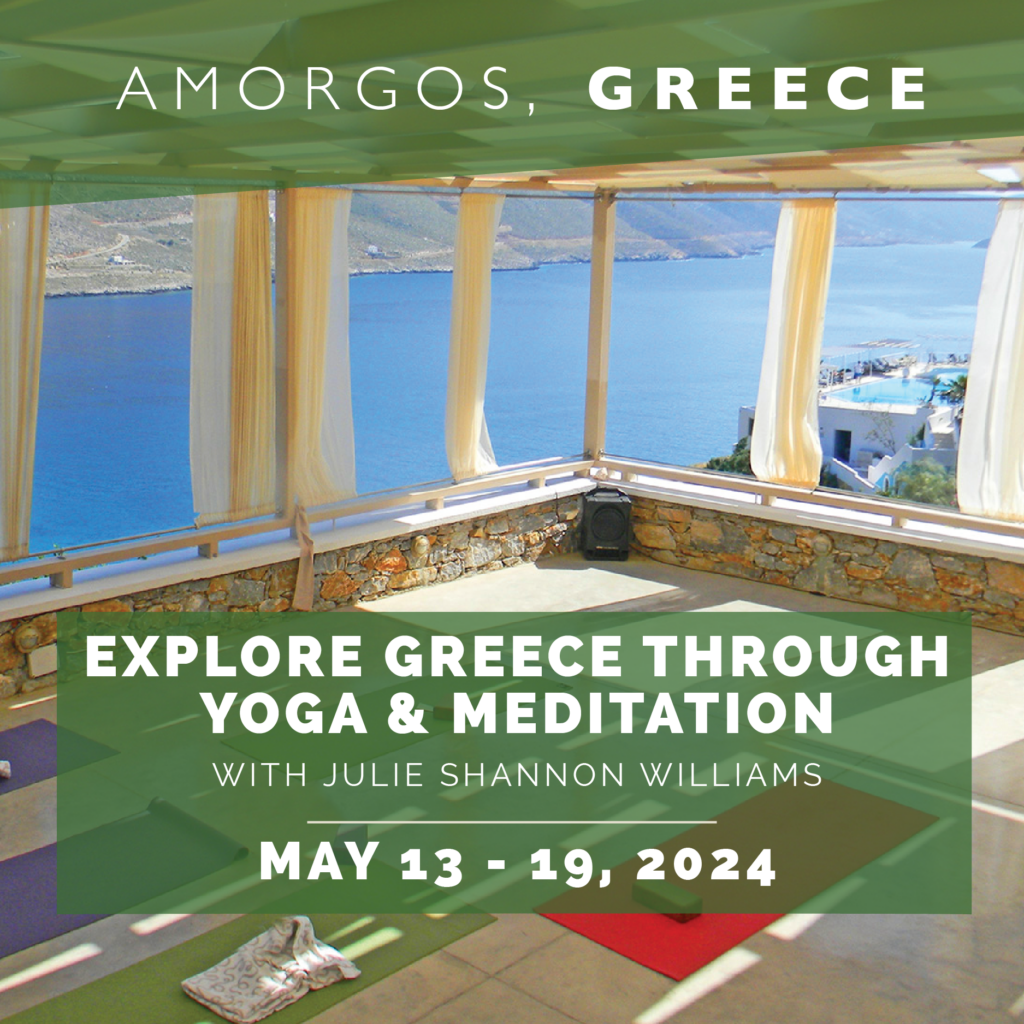
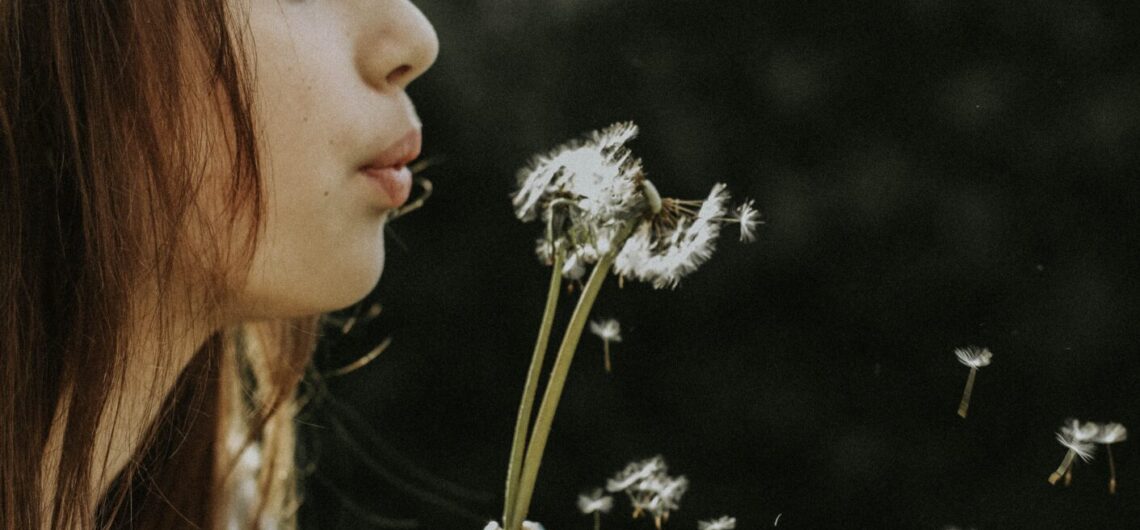
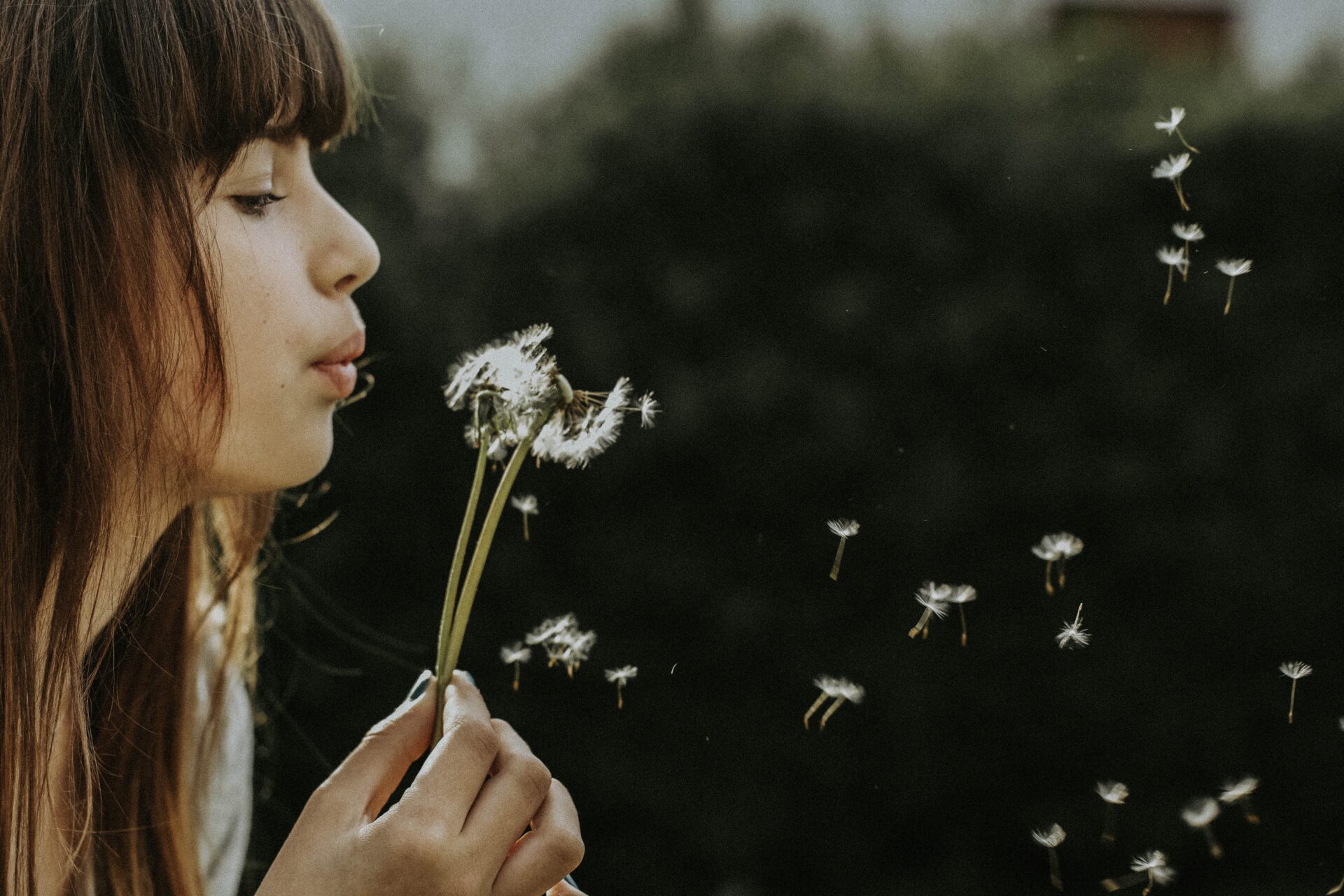 Did you know that one of the most important relationships a woman has in life is with herself? And that the breath is one of our most powerful tools for learning about ourselves and creating positive changes?
Did you know that one of the most important relationships a woman has in life is with herself? And that the breath is one of our most powerful tools for learning about ourselves and creating positive changes?